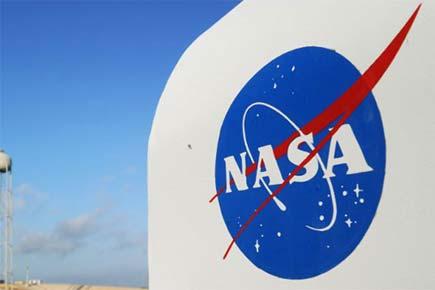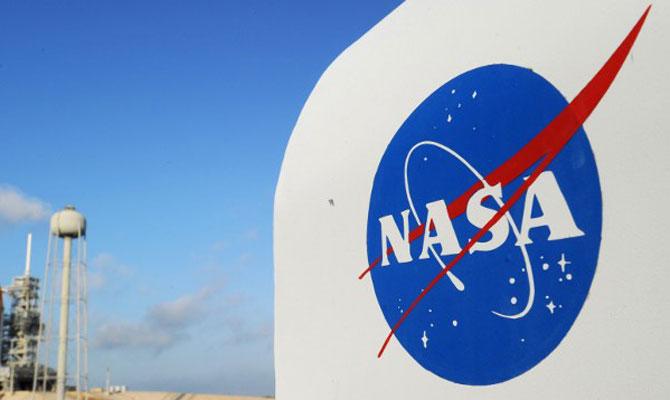Permafrost in the coldest northern Arctic -- formerly thought to be at least temporarily shielded from global warming by its extreme environment -- could thaw enough to become a permanent source of carbon to the atmosphere in a few decades


Representational picture
ADVERTISEMENT
Permafrost in the coldest northern Arctic -- formerly thought to be at least temporarily shielded from global warming by its extreme environment -- could thaw enough to become a permanent source of carbon to the atmosphere in a few decades, warns a NASA-led study. This will happen in this century, with the peak transition occurring in 40 to 60 years, said the study.
Permafrost is soil that has remained frozen for years or centuries under topsoil. It contains carbon-rich organic material, such as leaves, that froze without decaying, NASA said in a statement on Tuesday. As rising Arctic air temperatures cause permafrost to thaw, the organic material decomposes and releases its carbon to the atmosphere in the form of the greenhouse gases carbon dioxide and methane.
The researchers calculated that as thawing continues, by the year 2300, total carbon emissions from the coldest northern Arctic will be 10 times as much as all human-produced fossil fuel emissions in 2016. Warmer, more southerly permafrost regions will not become a carbon source until the end of the 22nd century, even though they are thawing now, said the study led by scientist Nicholas Parazoo of NASA's Jet Propulsion Laboratory in Pasadena, California.
That is because other changing Arctic processes will counter the effect of thawing soil in these regions. The finding that the colder region would transition sooner than the warmer one came as a surprise, according to Parazoo. The researchers used data on soil temperatures in Alaska and Siberia and a numerical model that calculates changes in carbon emissions as plants grow and permafrost thaws in response to climate change.
They assessed when the Arctic will transition to a carbon source instead of the carbon-neutral area it is today -- with some processes removing about as much carbon from the atmosphere as other processes emit. They divided the Arctic into two regions of equal size, a colder northern region and a warmer, more southerly belt encircling the northern region.
There is far more permafrost in the northern region than in the southern one. Over the course of the model simulations, northern permafrost lost about five times more carbon per century than southern permafrost. The southern region transitioned more slowly in the model simulations, Parazoo said, because plant growth increased much faster than expected in the south.
Plants remove carbon dioxide from the air during photosynthesis, so increased plant growth means less carbon in the atmosphere. According to the model, as the southern Arctic grows warmer, increased photosynthesis will balance increased permafrost emissions until the late 2100s.
Catch up on all the latest Crime, National, International and Hatke news here. Also download the new mid-day Android and iOS apps to get latest updates
 Subscribe today by clicking the link and stay updated with the latest news!" Click here!
Subscribe today by clicking the link and stay updated with the latest news!" Click here!







